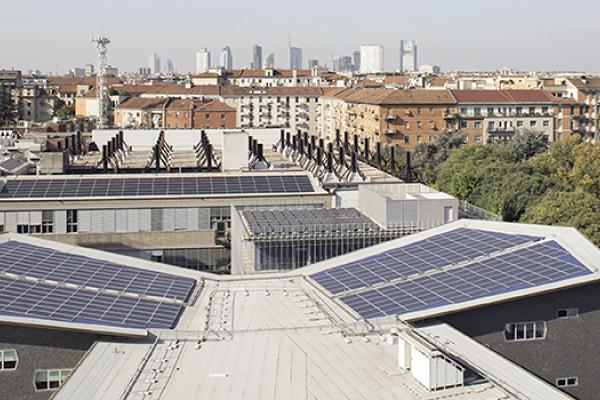Critics note that fast fashion scores remarkably well in impact measurements. The life cycle estimates on which these calculations are based are presented as scientific, but they are not at all. The companies that helped decide how the EU methodology would be applied to the textile industry contributed no less than 200,000 euros to the process.
Civil society organisations speak of a ‘bad precedent’, while a Norwegian professor holds the EU responsible for the ‘further plasticisation’ of our wardrobes. The so-called “PEFCR” received more than 5,000 comments, ‘more than the average European law’. The PEF methodology is currently being reviewed, although the PEFCR for clothing and footwear has been published and research into other product categories and sectors – tourism and aerospace are next on the agenda – is continuing as usual.
Will there be a nutriscore or ecoscore for clothing in the future? And will it be based on science or arbitrariness?
Photo: © Sarah Van Looy


